Table of Content
- What is an Expressway?
- The Role of Expressways in India's Growth
- 1. Delhi–Mumbai Expressway
- 2. Surat–Chennai Expressway
- 3. Amritsar–Jamnagar Expressway
- 4. Ganga Expressway
- 5. Varanasi–Kolkata Expressway
- 6. Mumbai–Nagpur Expressway (Samruddhi Mahamarg)
- 7. Purvanchal Expressway
- 8. Agra–Lucknow Expressway
- 9. Bundelkhand Expressway
- 10. Trans-Haryana Expressway
- The Future of Expressways in India
- Conclusion
India is rapidly developing and urbanizing. Therefore, it will soon become a global leader in infrastructure. Nowhere is that more clear than in the several expressways being built across the nation that are transforming connectivity in India. Expressways will facilitate efficiency in moving goods and enhance connectivity between various urban centers, industries, and regions, and will be the regions' and the country's lifeblood which see their economic growth opportunity realized through expressways.
The longest expressways in India are engineering marvels of modern construction and have been designed with speed, safety, and efficiency in mind. There are currently 6,059 kilometers of operational expressways in the country, with over 11,127 kilometers under construction. They will ultimately change how transportation networks in India operate.
In this article, we explore the top 10 longest expressways in India as of 2025, their features, and their impact on the nation's progress.
What is an Expressway?
An expressway is a controlled-access highway designed to facilitate high-speed vehicular traffic. Unlike regular roads, expressways have no intersections, traffic lights, or speed breakers, ensuring smooth and uninterrupted travel. These roads often feature:
- Access Control: Limited entry and exit points.
- High-Speed Limits: Designed for speeds up to 120 km/h.
- Safety Features: Fenced perimeters, flyovers, and underpasses to prevent unauthorized access and reduce accidents.
- Lane Configurations: Multiple lanes (4, 6, or 8) for bidirectional traffic.
Also Read: Chennai Bangalore Expressway: Route, Map, Toll Rates and More
The Role of Expressways in India's Growth
Expressways contribute significantly to the nation's development by:
- Boosting Economic Growth: Faster transportation of goods and services leads to increased trade and industrial expansion.
- Reducing Travel Time: High-speed travel saves time for commuters and businesses.
- Encouraging Urbanization: Improved connectivity attracts real estate investments, leading to urban development.
- Promoting Tourism: Enhanced road infrastructure encourages domestic and international tourism.
1. Delhi–Mumbai Expressway

The Delhi–Mumbai Expressway is one of India's most ambitious infrastructure projects, aimed at revolutionizing connectivity between two major metropolitan cities, Delhi and Mumbai. This 1,350 km-long expressway is being constructed as part of the Bharatmala Pariyojana, a government initiative to bolster the country's road network.
Key Features:
- Route: It passes through six states—Delhi, Haryana, Rajasthan, Madhya Pradesh, Gujarat, and Maharashtra—serving as a crucial link between northern and western India.
- Design: With 8 lanes expandable to 12, the expressway is designed for speeds of up to 120 km/h.
- Facilities: It incorporates smart traffic management systems, dedicated service lanes, emergency response systems, and eco-friendly features like solar-powered toll plazas and plantations along the median.
Impact:
The expressway will cut travel time between Delhi and Mumbai from 24 hours to 12 hours, boosting trade and reducing logistics costs. Additionally, it is expected to generate employment during construction and post-completion through enhanced industrial connectivity.
2. Surat–Chennai Expressway

Stretching 1,271 km, the Surat–Chennai Expressway is a critical greenfield project connecting the western state of Gujarat to the southern hub of Tamil Nadu, passing through Maharashtra, Karnataka, Telangana, and Andhra Pradesh.
Key Features:
- High-Speed Corridor: This 6-lane expressway is designed to handle high-speed freight and passenger traffic, significantly enhancing trade routes.
- Economic Significance: It connects major industrial cities and ports, including Surat (known for textiles) and Chennai (an automotive hub).
Impact:
The Surat–Chennai Expressway will reduce travel time by over 50%, fostering inter-state commerce, improving supply chain efficiency, and facilitating cultural and economic exchange between western and southern India.
3. Amritsar–Jamnagar Expressway

The Amritsar–Jamnagar Expressway spans 1,257 km and connects northern India to western India, forming a vital economic corridor. This project is part of the Bharatmala Pariyojana and aims to integrate logistics and trade.
Key Features:
- States Covered: Punjab, Haryana, Rajasthan, and Gujarat.
- Design: The expressway has 6 lanes, with provisions for future expansion.
- Strategic Importance: It connects the Golden Temple city of Amritsar with Jamnagar, a major oil refining hub.
Impact:
This expressway will facilitate faster movement of goods, particularly petroleum and agricultural products. Its development is expected to spur regional growth and attract investments in warehousing and logistics.
4. Ganga Expressway
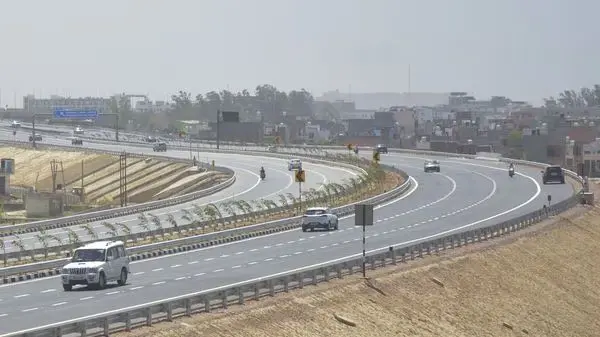
At 1,047 km, the Ganga Expressway is Uttar Pradesh's largest expressway project, connecting Meerut to Prayagraj and following the banks of the Ganges River.
Key Features:
- Connectivity: It links western Uttar Pradesh with central and eastern regions, enhancing accessibility.
- Infrastructure: The expressway features 6 lanes, expandable to 8, and advanced safety measures, including CCTV surveillance.
- Phased Construction: The first phase is expected to be operational by 2025.
Impact:
The Ganga Expressway will transform Uttar Pradesh's transportation, supporting agriculture, trade, and tourism. It is also poised to improve accessibility to pilgrimage destinations along the Ganges.
Also Read: Upper Ganga Canal (UGC) Expressway: Key Details and Real Estate Impact
5. Varanasi–Kolkata Expressway
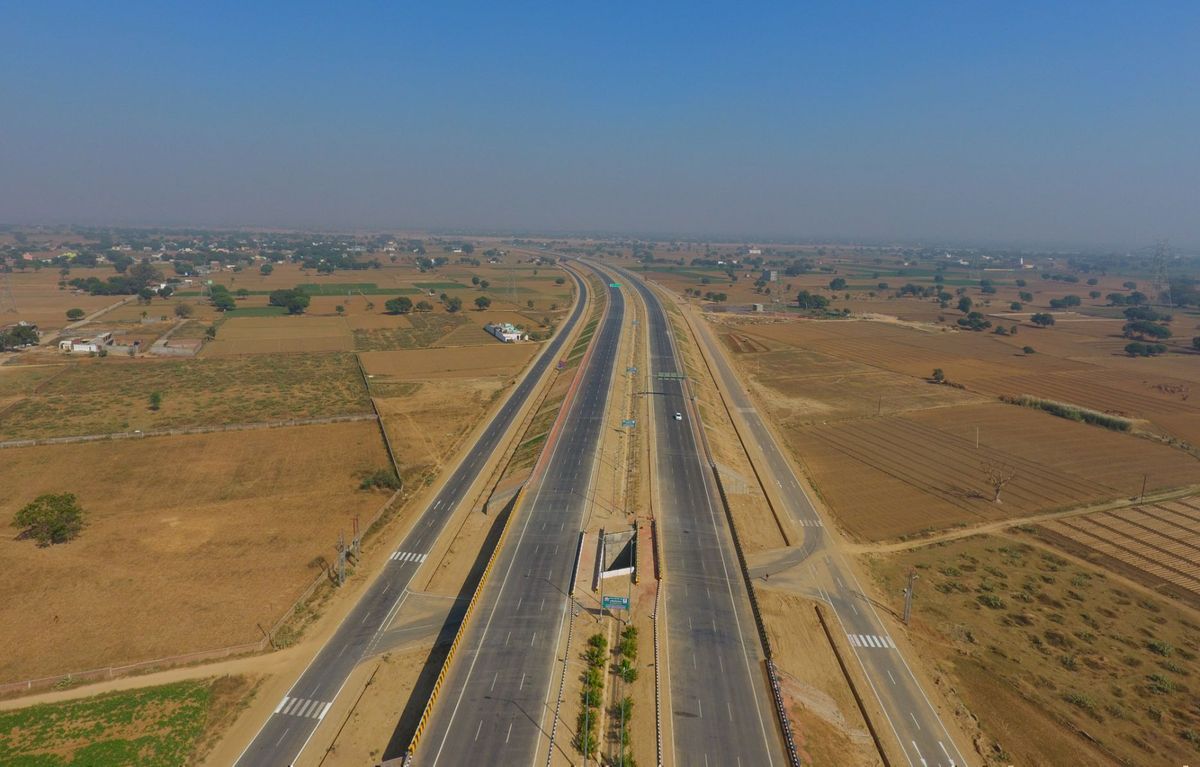
The 710 km-long Varanasi–Kolkata Expressway is a strategic project linking eastern India's cultural and commercial hubs.
Key Features:
- States Covered: Uttar Pradesh, Bihar, Jharkhand, and West Bengal.
- Economic Impact: It connects key industrial and agricultural zones, promoting trade.
- Design: The expressway is designed for 6 lanes, with scope for future expansion.
Impact:
This expressway will significantly cut travel time between Varanasi and Kolkata, promoting regional trade and tourism. It is also expected to encourage industrial growth and urban development along its route.
6. Mumbai–Nagpur Expressway (Samruddhi Mahamarg)

Also known as the Samruddhi Mahamarg, this 701 km-long expressway connects Mumbai with Nagpur, linking western and central Maharashtra.
Key Features:
- Economic Growth: It passes through 10 districts, spurring development in agriculture, industry, and tourism.
- Smart Features: Includes LED lighting, emergency facilities, and advanced traffic monitoring systems.
Impact:
The expressway will reduce the travel time between Mumbai and Nagpur to just 8 hours. It will also promote economic activities in central Maharashtra and ease congestion on existing highways.
7. Purvanchal Expressway

Operational since November 2021, the Purvanchal Expressway spans 340.8 km and connects Lucknow to Ghazipur in Uttar Pradesh.
Key Features:
- Connectivity: Links backward regions of eastern Uttar Pradesh to the state capital.
- Facilities: Equipped with rest areas, petrol pumps, and emergency helipads.
Impact:
This expressway has enhanced connectivity for eastern Uttar Pradesh, boosting economic growth, improving access to healthcare and education, and attracting investments in real estate and industry.
8. Agra–Lucknow Expressway
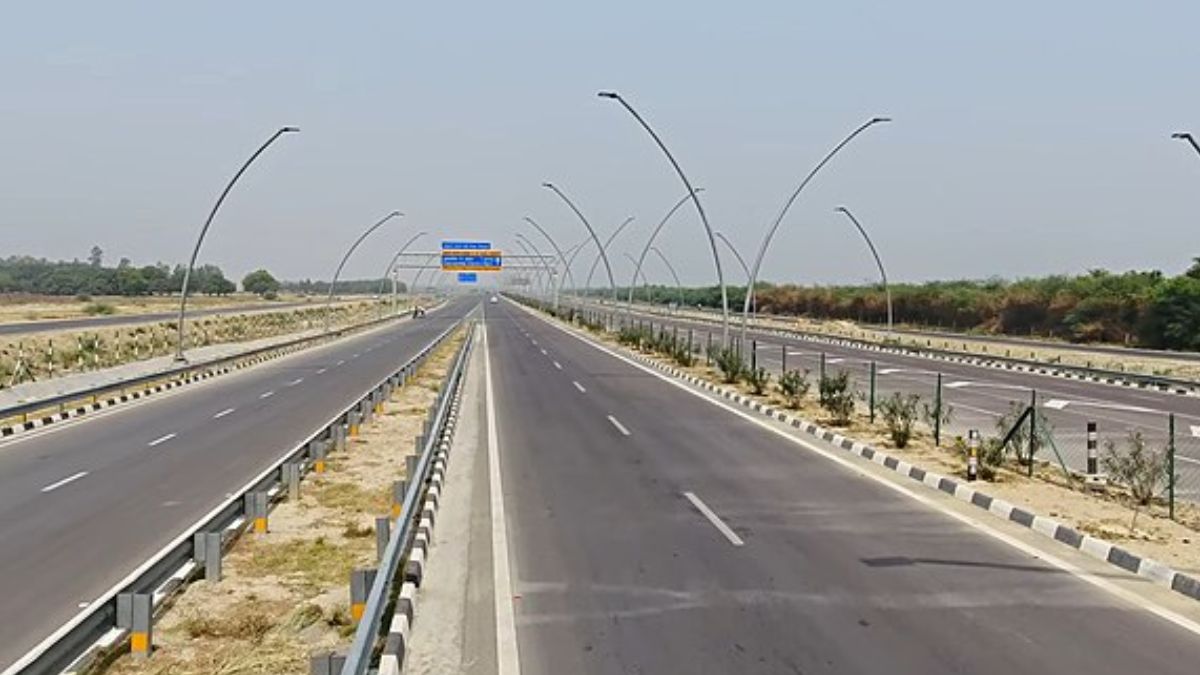
The Agra–Lucknow Expressway, operational since 2017, spans 302 km, connecting two major cities in Uttar Pradesh.
Key Features:
- Design: The 6-lane expressway is expandable to 8 lanes.
- Speed and Safety: Designed for speeds up to 120 km/h with minimal curves.
Impact:
This expressway has reduced travel time to 3.5 hours, fostering tourism and trade while improving regional connectivity.
9. Bundelkhand Expressway
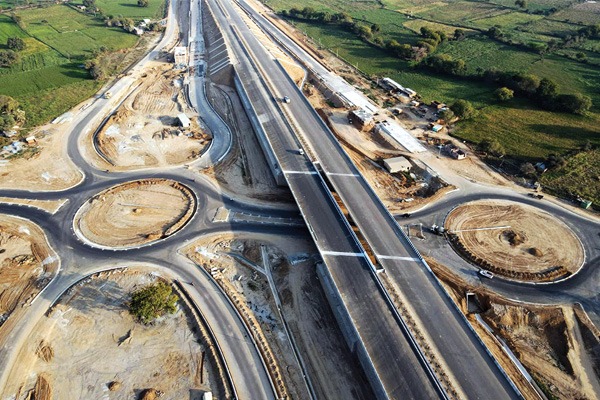
The 296 km-long Bundelkhand Expressway is a transformative project linking Chitrakoot to Etawah in Uttar Pradesh.
Key Features:
- Backward Region Development: Connects Bundelkhand, one of the most underdeveloped regions, to major economic hubs.
- Design: Built for 4 lanes, expandable to 6.
Impact:
The expressway facilitates economic development, encouraging investments in agriculture, tourism, and industry. It is pivotal in reducing regional disparities in Uttar Pradesh.
10. Trans-Haryana Expressway
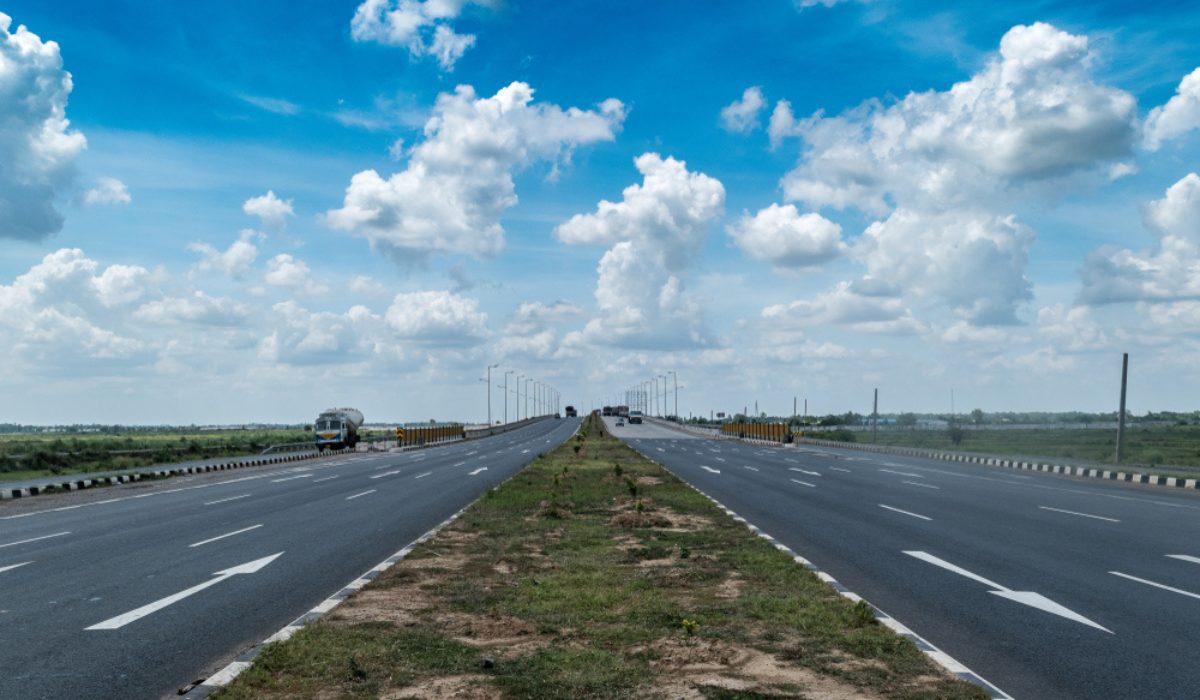
This 227 km-long expressway connects Haryana's eastern and western borders, enhancing east-west connectivity.
Key Features:
- Agricultural Support: Connects Haryana's agricultural belt to markets.
- Industrial Growth: Links key industrial zones, reducing logistics costs.
Impact:
The Trans-Haryana Expressway is vital for Haryana's economic development, improving access to national and international markets while reducing travel time across the state.
Also Read: All You Need to Know About the Faridabad-Noida-Ghaziabad (FNG) Expressway
The Future of Expressways in India
The longest expressways in India symbolize the nation’s ambition to build world-class infrastructure. As these projects are completed, they will:
- Encourage investment in real estate and industries.
- Promote regional equality by connecting underdeveloped areas.
- Support the government's vision of a $5 trillion economy by 2025.
Conclusion
The expressway system in India illustrates the nation's investment in progress. The longest expressways in India are more than mere pavements; these are paths to better connection, transit and more opportunities for the future. These expressways will always present travel and opportunity for every traveler, patron and investor, real estate or otherwise. With incredibly large scale unprecedented construction of these highways, India is not simply moving into the future but sliding in wide open to the adventures that entertains.
Follow AquireAcers Whatsapp Channel to Stay Updated With The Latest Real Estate News

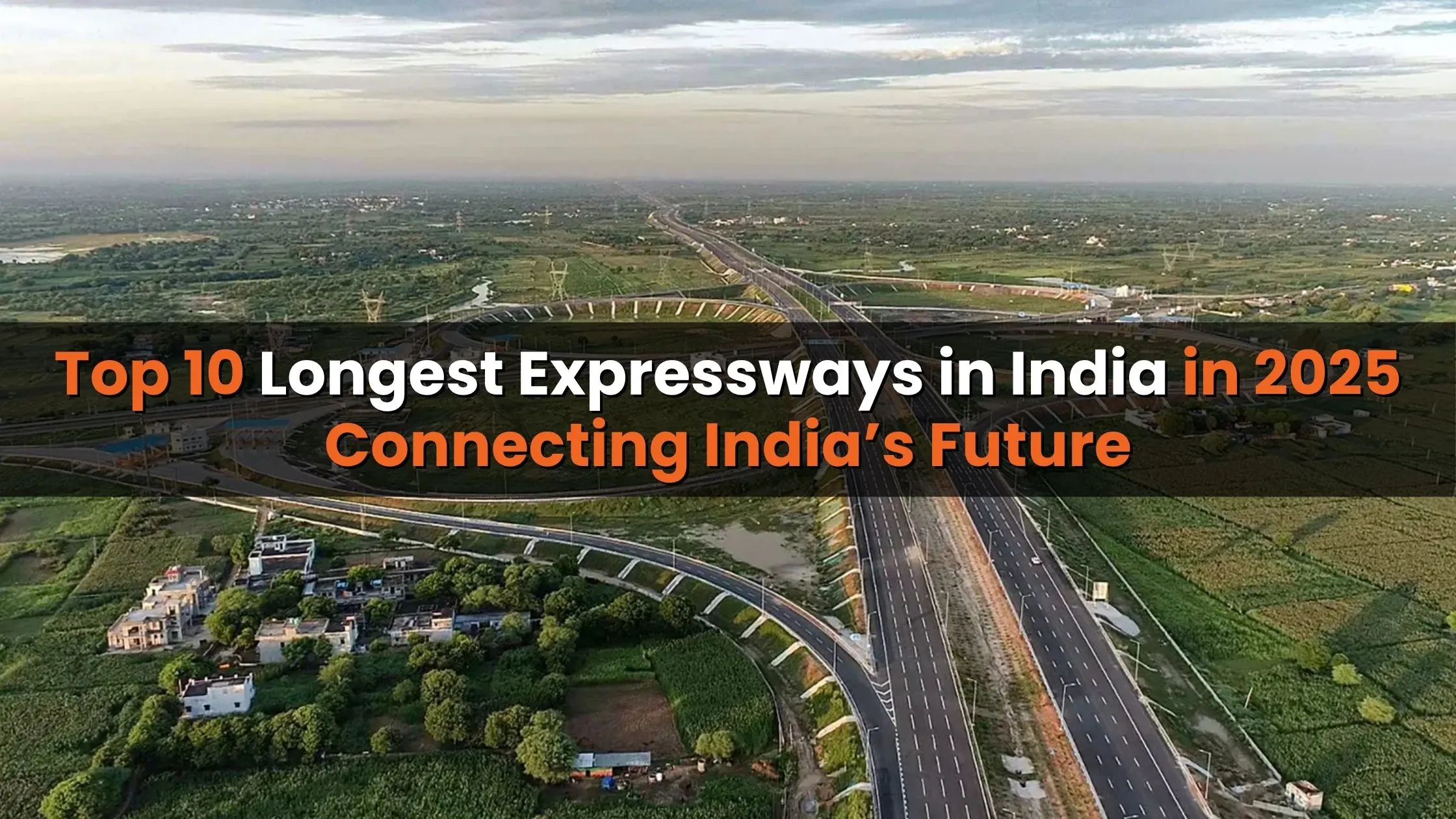
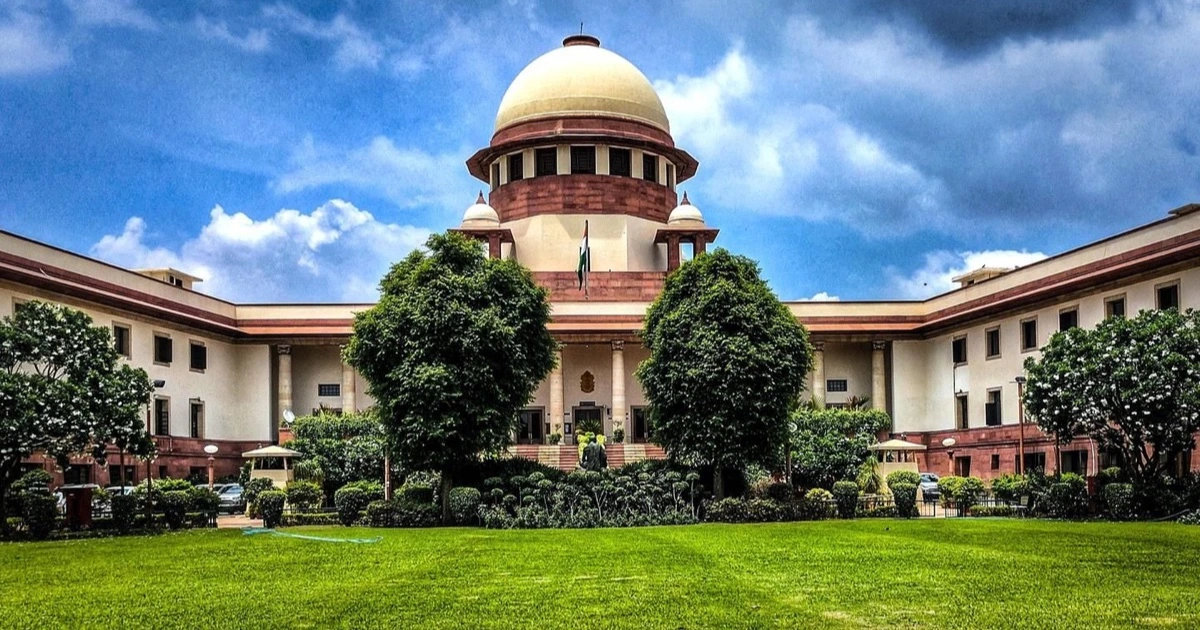
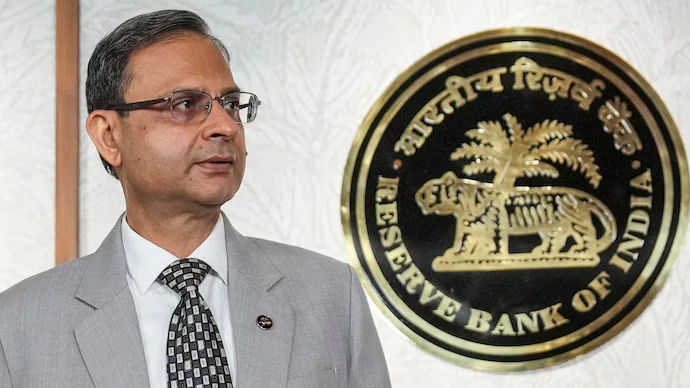
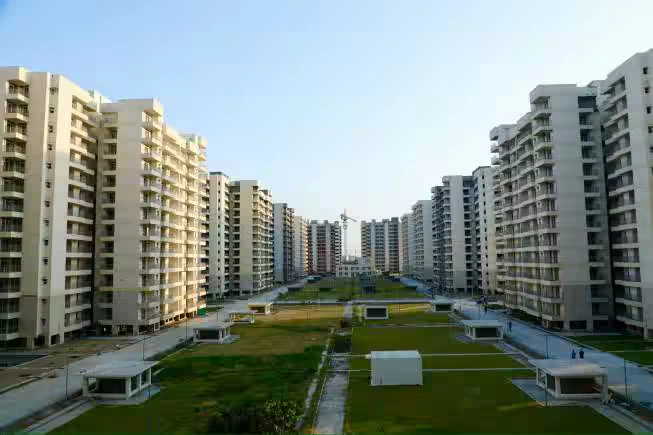
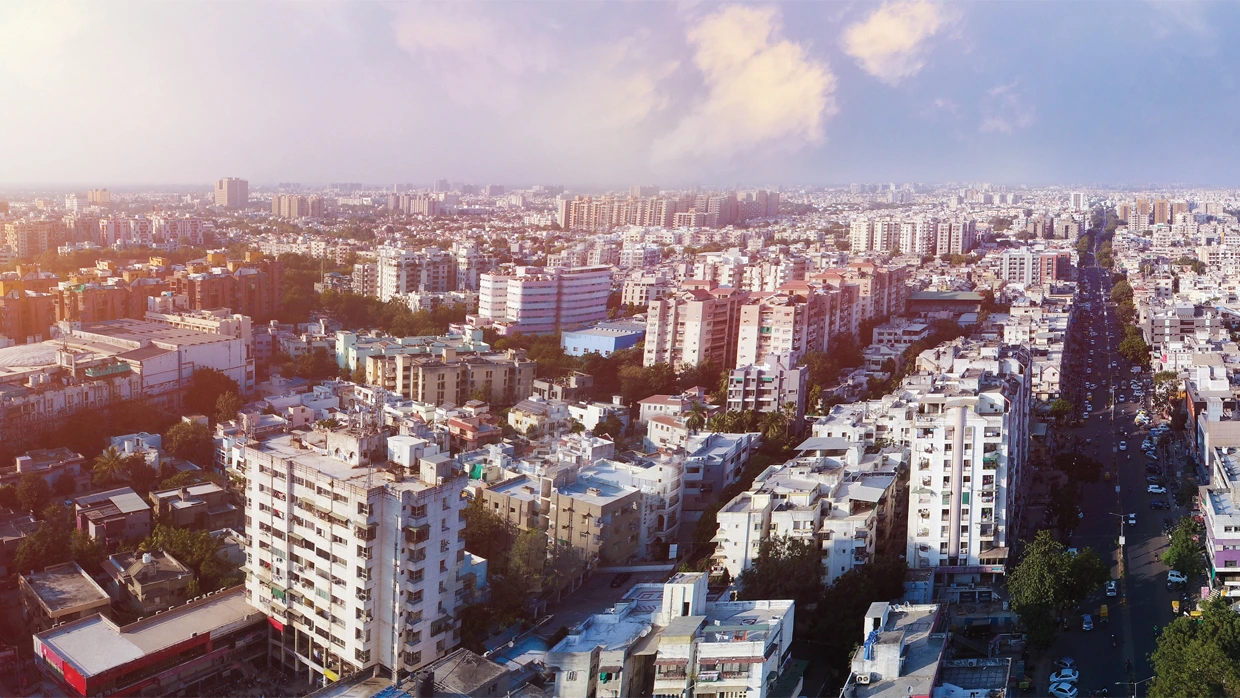

Ans 1. Expressways in India aim to enhance high-speed vehicular traffic, reduce travel time, improve connectivity between regions, and facilitate economic growth by supporting trade, logistics, and urban development.
Ans 2. Expressways are controlled-access highways designed for high-speed traffic, featuring limited entry/exit points, no intersections or traffic signals, multiple lanes, and advanced safety measures like fencing, flyovers, and underpasses.
Ans 3. The Delhi–Mumbai Expressway, spanning 1,350 km, is the longest expressway in India as of 2025.
Ans 4. 8 lanes (expandable to 12). Smart traffic management systems and eco-friendly features. Travel time reduction between Delhi and Mumbai from 24 to 12 hours.
Ans 5. The Surat–Chennai Expressway will connect major industrial cities and ports, reducing travel time by over 50%, enhancing trade efficiency, and fostering economic and cultural exchange between western and southern India.
Ans 6. This expressway connects Punjab to Gujarat, facilitating faster transportation of petroleum and agricultural goods, while promoting investments in warehousing and logistics.
Ans 7. The Ganga Expressway connects western, central, and eastern Uttar Pradesh, enhancing trade, tourism, and pilgrimage accessibility while supporting agricultural and industrial growth.
Ans 8. This expressway links Mumbai with Nagpur, reducing travel time to 8 hours and promoting economic activities in agriculture, industry, and tourism across 10 districts in Maharashtra.
Ans 9. The Varanasi–Kolkata Expressway (710 km) connects these cities, reducing travel time, promoting regional trade, and encouraging industrial and urban development in eastern India.
Ans 10. These expressways enhance connectivity in underdeveloped regions of Uttar Pradesh, encouraging investments in agriculture, tourism, and industry while improving access to healthcare and education.